The Basics of Donor Databases
What is a Donor Database?
Also known as a constituent relationship management (CRM) database, a donor database is a software solution that houses the most important information you have about your donors. Many donor database solutions offer a wide array of other useful features, such as analytics and automatic messaging.
Why is Donor Database Software Important?
A donor database is more than just a digital file folder — it’s a way to save your staff time and bring supporters closer to your nonprofit. With communication and reporting functionalities, donor database software helps you make your nonprofit operations smoother.
Does Your Nonprofit Need a Donor Database?
Unless you have an unusually small number of donors, a nonprofit donor database will save you time. If you’ve ever taken 10 minutes to look up a donor’s contact information, volunteer history, or average gift size, then a donor management system will change the way you operate.
What Data Should I Add to a Donor Database?
Key Donor Data Points
Employment Information
Understanding your donor’s job role and where they work is critical to evaluating giving opportunities. Your donor may have access to corporate social responsibility programs, such as matching gifts, volunteer grants, and sponsorships that your organization is not yet using.
In addition to knowing what corporate giving opportunities are available, knowing more about your donor’s job title can help you make decisions about which donors have the potential to increase their giving down the line.
Phone Numbers
Getting accurate phone numbers is important to stay in touch with your supporters. Increasingly, nonprofits are connecting with audiences via text while also still relying on traditional methods like phonathons.
Connecting with your supporters over the phone can be a way to cultivate donors with more frequent touchpoints. Additionally, knowing their area code can give you an idea of where your donors live for segmented outreach.
Lastly, a database of supporter phone numbers opens up possibilities for different styles of fundraisers, like call-to-action texts or telefundraising.
Email Addresses
A current email address is one of your most valuable tools for donor communication, so it’s vital to make sure you have up-to-date information on each of your donors.
Email is one of the most cost-effective ways to reach your donors with volunteer opportunities, donation appeals, and updates on your organization’s work.
If it’s been a while since you last confirmed your supporters’ emails, or if you never gathered that information in the first place, a data append service can help you fill in any gaps.
Mailing Addresses
Knowing where your supporters are located is invaluable for organizations looking to segment outreach, but keeping track of that information can be tricky. Nearly 10 percent of Americans move each year, making it difficult to determine if your mailing address data is accurate.
Direct mail is a favorite fundraising strategy for many nonprofits, but the cost of misdelivered mail can be high. Not only are you missing out on potential donations, but you’ve also lost the cost of materials and postage.
Identifying your donors’ physical location can also help you segment communications, such as if you’re planning local volunteer events or if supporters in a certain region have an issue on the ballot that affects your organization.
If you have another means of contact (such as email) you can send out an annual survey to keep your donors’ addresses up-to-date, but if you lose track of some donors, services such as address appends can help you fill in those gaps.
Dates of Birth
Your supporters’ demographics are some of the most basic information about them. Knowing your supporters’ ages can help you segment your communications to improve your relationships with your constituents. For example, you can automate birthday wishes to go out on your donor’s birthday, or more broadly target communications to certain age groups, such as targeting Gen Z supporters on social media.
Understanding your supporters’ age can also help with your fundraising efforts. Demographic data can give you an idea of which donors may have the potential to give at higher levels (for example, someone in their mid-forties is more likely to be financially well-off than someone who is 18). Additionally, knowing your donors’ birthdays can help you take advantage of the ever-popular social media birthday fundraiser.
Elements of Donor Databases
Common Features of Donor Database Systems
Donor Profiles
You need one centralized location to house the important details about your donors, from their birthdays to their payment information to their history with your organization. Donor profiles organize all this information, including predetermined and custom fields.
Communications Management
When you use a donor database to track your communications, you’ll never have to worry about forgetting whether you already invited that one major donor to your event. Plus, you can segment your supporter base to send more targeted, effective donation requests.
Automation and Scheduling
Whether it’s a periodic reminder to update payment information or an automatic thank-you message for a donation to your annual fund, your donor database software can make sure the right people receive the right message at the right time.
Data, Analytics, and Reporting
All donation management software should store data about how your donors have given and engaged with your communications in the past. Some databases will even help you understand how this information can make your operations better in the future by producing reports.
Donations Management
Accepting donations is a cornerstone of your nonprofit’s operations, and it doesn’t take complex financial software to do it. Some donor databases will facilitate payment processing and funds allocation, then combine those records with your donor profiles.
Custom Fields and Hierarchy
We know that no two nonprofits are the same, especially when it comes to the supporter information that they need to store. You can reflect the reality of your organizational structure by setting custom fields and hierarchies for your donor profiles.
Benefits of Using Donor Database Software
Purchasing a Donor Database
Considerations Before Buying a Nonprofit Donor Database
Number of Constituents Supported
How many donors do you have? As you grow in the next few years, how many will you gain? How much information do you need to enter for those donors? Make sure that the donor database you choose has the capacity to handle your full supporter base.
Also, don’t forget that many donor databases are priced based on the number of constituents they can store. Make sure you’re purchasing a donor database that meets your capacity and your budget.
Features Offered
Not every nonprofit will need the same features in its donor database software. Take stock of the tasks that your staff spends too much time on, then look for software that can help you automate them.
You should also look into how a good donor management system can scale with your organization in the future. If you don’t need a specific reporting feature right now, for example, consider whether you might need it later as your nonprofit grows.
Budget and Staff Availability
There’s no need to break the bank for a donor database, but you might need to look for fewer features or lower capacity to accommodate a lower budget. And budget goes both ways — just because you can afford an all-inclusive solution doesn’t mean you need it, and it might actually overcomplicate your operations.
Take into account the time you have available, not just the money. If a donor database will take too much of your staff’s time to learn, then you should look for a simpler solution.
Platform Security
The information you know about your donors is valuable to you, but you’re not the only one. Your donors trust you with their information. You owe it to them to keep that information safe.
You might not be able to find out from a website how a donor database provider keeps their data safe. It’s worth it to request a call to ask about security, and to ask other nonprofits about their own experiences with the product.
Common Donor Management Software Pitfalls to Avoid
User Profiles and Permissions
Chances are good that more than one person at your nonprofit will need to use your donation management software. Don’t forget to ask the software provider how many user profiles you can create and if the price affects that number.
And also remember that it’s good security practice to restrict access from some users. Not everyone needs administrative access to view or modify your most sensitive information.
Price and Customization
The price listed on the website isn’t always what you end up paying, and one of the major culprits of a price hike is customization.
If you’re asking for a customized solution, be prepared for the price tag. Many nonprofits will find that it’s worth a little more to get a software solution build precisely for their needs, but just make sure you talk this over with your team before signing the contract.
Referrals and Outside Opinions
It’s good consumer practice to read online reviews before making any purchase. You should definitely read reviews of any software you’re considering.
As you read, remember that companies with extremely good or bad experiences are the most motivated to post. Ask the provider for testimonials, and be sure to also ask around yourself.
Implementing Your New Donor Database
Demos and Trials
Will you get to use the donor database on a demo or trial basis before committing to a long-term contract? What kind of support will be available to you for that time? What will it cost you to initiate a trial period or cancel a demo?
Support and Training
Especially if you don’t have a technical team on staff, will your donor database software provider send a team to train you? Can you reach someone on the phone if something goes wrong after initial onboarding?
Integration
What other software solutions does your nonprofit rely on? Will you need to integrate them with your new donor management system, and is that even possible? Could you replace your current software with features that come built into a database?
Data Migration
If you’re not keeping your other software solutions, how will you move the information you need over to your new donor database? How long will that process take? Will you need access to your records in the meantime?
Scalability
As your organization grows, will your donor database have the ability to grow with it? Can you add constituent capacity or additional features when you need them? What kind of pricing increase would that involve?
Sustainability
How complicated is your donor database system to use? How hard is it to teach a staff member to use? Do you have written or video training materials? Is there one staff member designated as the point person for questions about the software?
How to Choose a Donor Database
Steps for Choosing a Nonprofit Donor Database
1. Identify your priorities.
Think about which features your donor database must have. When you create a clear list of priorities, you can easily evaluate each potential software solution and eliminate those that don’t align with your nonprofit’s needs.
2. Set a budget.
Determine how much you’re willing and able to spend on a donor database ahead of time. Keep in mind how many profiles you’ll need to create and how many users you’ll have as these factors can alter database pricing.
3. Research your options.
Dive into the donor database options that are available to you. Start by conducting a general Internet search. Then, check out reviews and ask others in the industry if they have a platform they recommend.
4. Compare each platform.
Look at different platforms’ features and pricing side by side. That way, you can assess which solution will best fit your organization’s needs at the best price.
5. Schedule demos.
Once you’ve narrowed down your list of options, schedule demos of the remaining choices. These demos will allow you to dive deeper into each platform, see how they work, and ask questions. Make sure you have multiple team members try out each one to ensure you choose a platform that offers the best user experience possible.
6. Make your selection.
Now, it’s time to make your decision! If you’re still stuck between multiple platforms, conduct a survey to see which solution your staff prefers. After all, they’ll be the main users of the database, so you’ll want to make sure they’re comfortable using it.
How Your Donor Database and Matching Gifts Connect
Donor Database & Matching Gifts
Your donor database is the centralized location for all pertinent donor information. You may be wondering what the connection is between this platform and matching gifts, contributions companies make when their employees donate to a charitable cause.
Your donor database can help facilitate the matching gift process, allowing your nonprofit to maximize its donation revenue. The information in your donor database assists your organization with:
Matching Gift Eligibility
It’s easy for donors to participate in matching gift programs. After they make their donation, all they have to do is submit a matching gift request to their employer.
However, 78% of donors aren’t sure whether their company offers a matching gift program. This lack of awareness of matching gift opportunities hinders donors from requesting matching gifts and prevents your nonprofit from obtaining additional revenue.
When you keep track of employer information in your donor database, however, you can inform donors of their matching gift eligibility. Maintain a list of company matching gift programs, or use a matching gift database to easily identify donors who are eligible for matching gifts.
Prospect Research
Identifying potential major donors allows you to encourage large gifts that support your nonprofit’s operations. By storing information that indicates a donor’s willingness and capacity to give, you can quickly find those who may contribute major gifts and start the appropriate outreach cadence.
But did you know that some major gifts are eligible for matching gifts? Once you’ve used your donor database to find major donors and successfully solicit gifts from them, you can increase your donation revenue even further by asking those eligible to fill out a matching gift request.
Donor Communication
Many of the data points in your donor database will likely be contact information. Leverage this information to get in touch with your donors and inform them of matching gift opportunities.
For example, you may use phone number data to start a text-to-give campaign that directs donors to fill out matching gift requests. Alternatively, you may launch an email marketing campaign that explains the benefits of matching gifts and how easily donors can get involved. Check out the video below for more matching gift best practices:
Additional Donor Database Resources
Donor Data Management: A Quick Guide for Nonprofits
So you have a healthy, full donor database — what should you do with the data in it? How do you keep it up to date and leverage it for your organization?
Learn how to collect and organize your donor data to power up your fundraising.
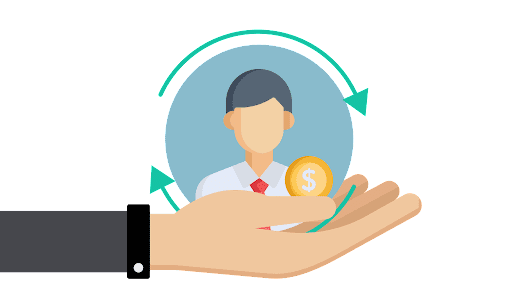

![DTD-Donor-Database-Guide-Employer-Append[1] Employer information is a key data point for your donor database](https://doublethedonation.com/wp-content/uploads/2022/07/DTD-Donor-Database-Guide-Employer-Append1.png)
![DTD-Donor-Database-Guide-Phone-Append[1] Telephone numbers are a key data point for your donor database](https://doublethedonation.com/wp-content/uploads/2022/07/DTD-Donor-Database-Guide-Phone-Append1.png)
![DTD-Donor-Database-Guide-Email-Append[1]](https://doublethedonation.com/wp-content/uploads/2022/07/DTD-Donor-Database-Guide-Email-Append1.png)
![DTD-Donor-Database-Guide-Address-Append[1] Your donors' mailing address should be included in your donor database](https://doublethedonation.com/wp-content/uploads/2022/07/DTD-Donor-Database-Guide-Address-Append1.png)
![DTD-Donor-Database-Guide-Birthday-Append[1] Knowing your donor's data of birth can help your donor database be more complete.](https://doublethedonation.com/wp-content/uploads/2022/07/DTD-Donor-Database-Guide-Birthday-Append1.png)
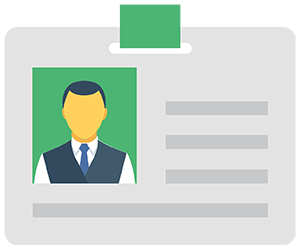
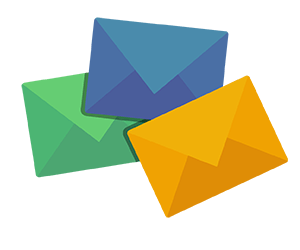
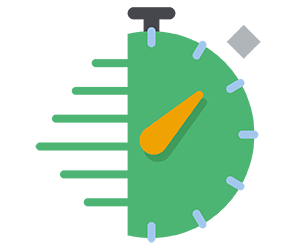
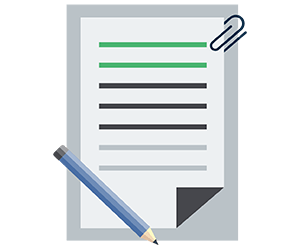
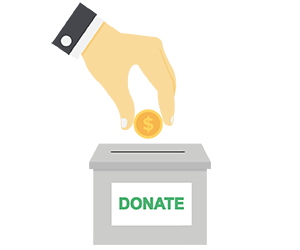



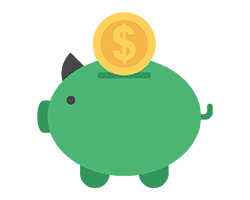
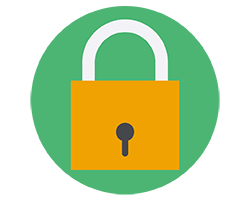
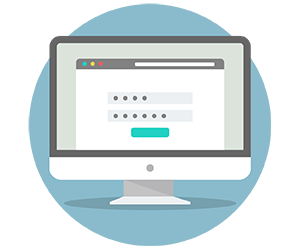
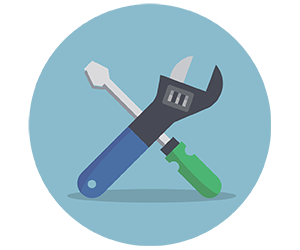
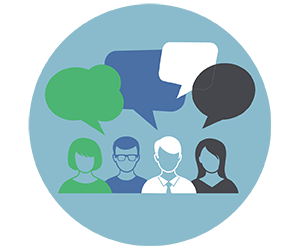
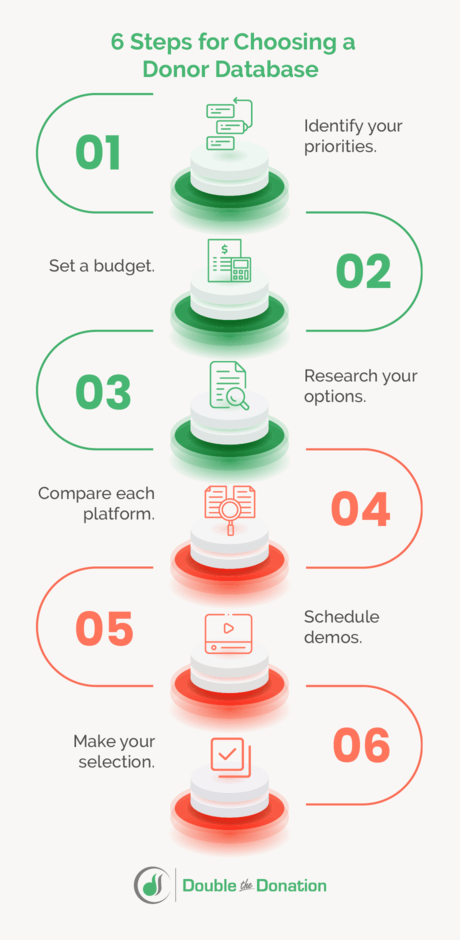
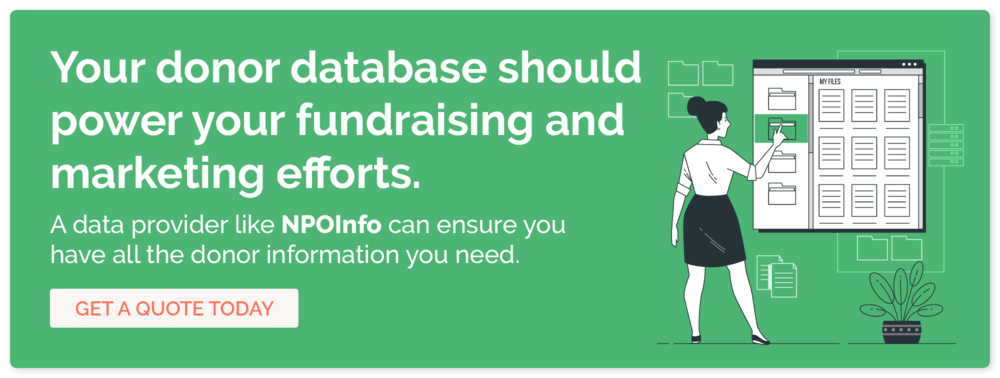
![Donor-Data-Management-Preview[1] NPOInfo's Donor Data Management Guide will help you learn to leverage your donor database](https://doublethedonation.com/wp-content/uploads/2022/07/Donor-Data-Management-Preview1-300x233.png)